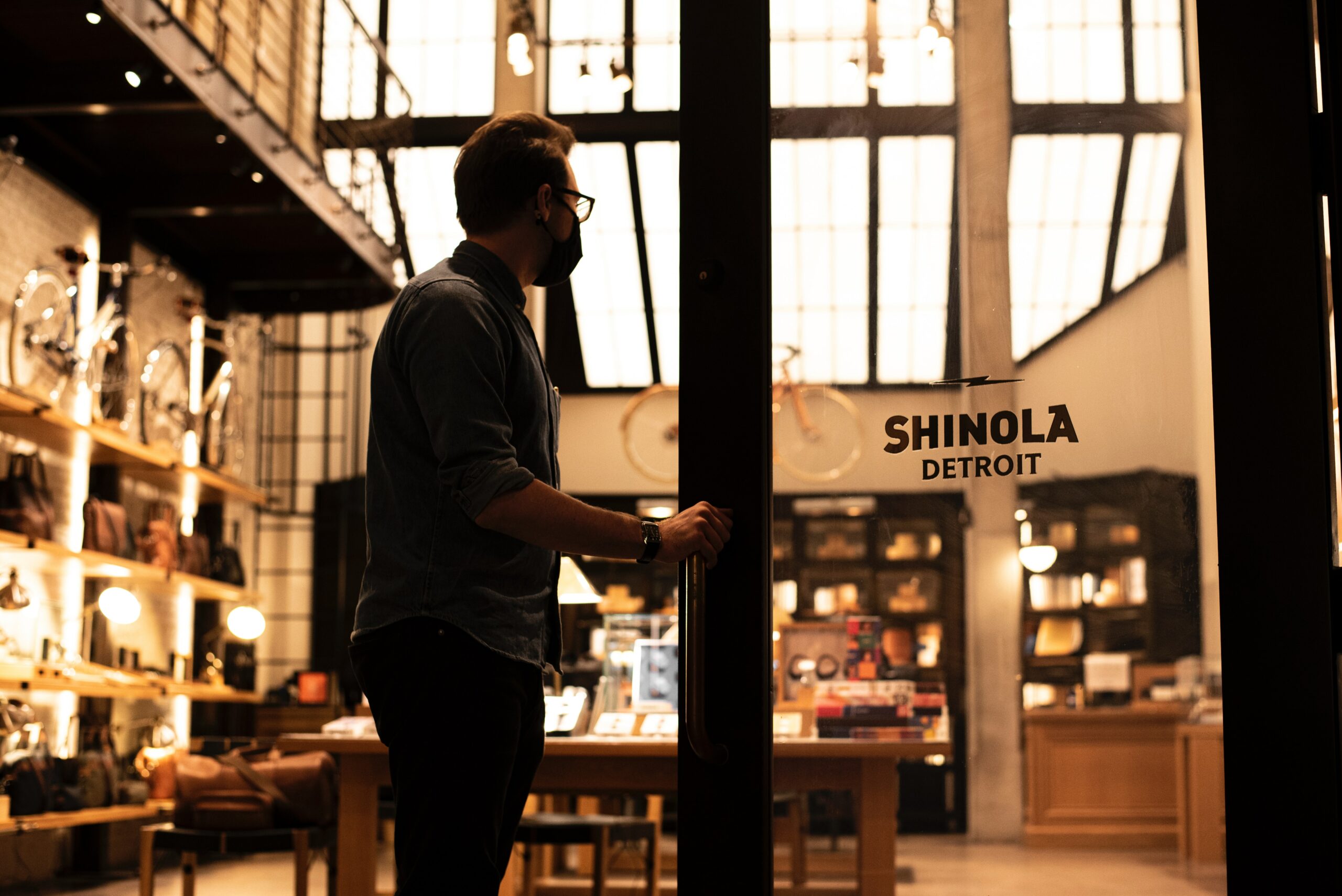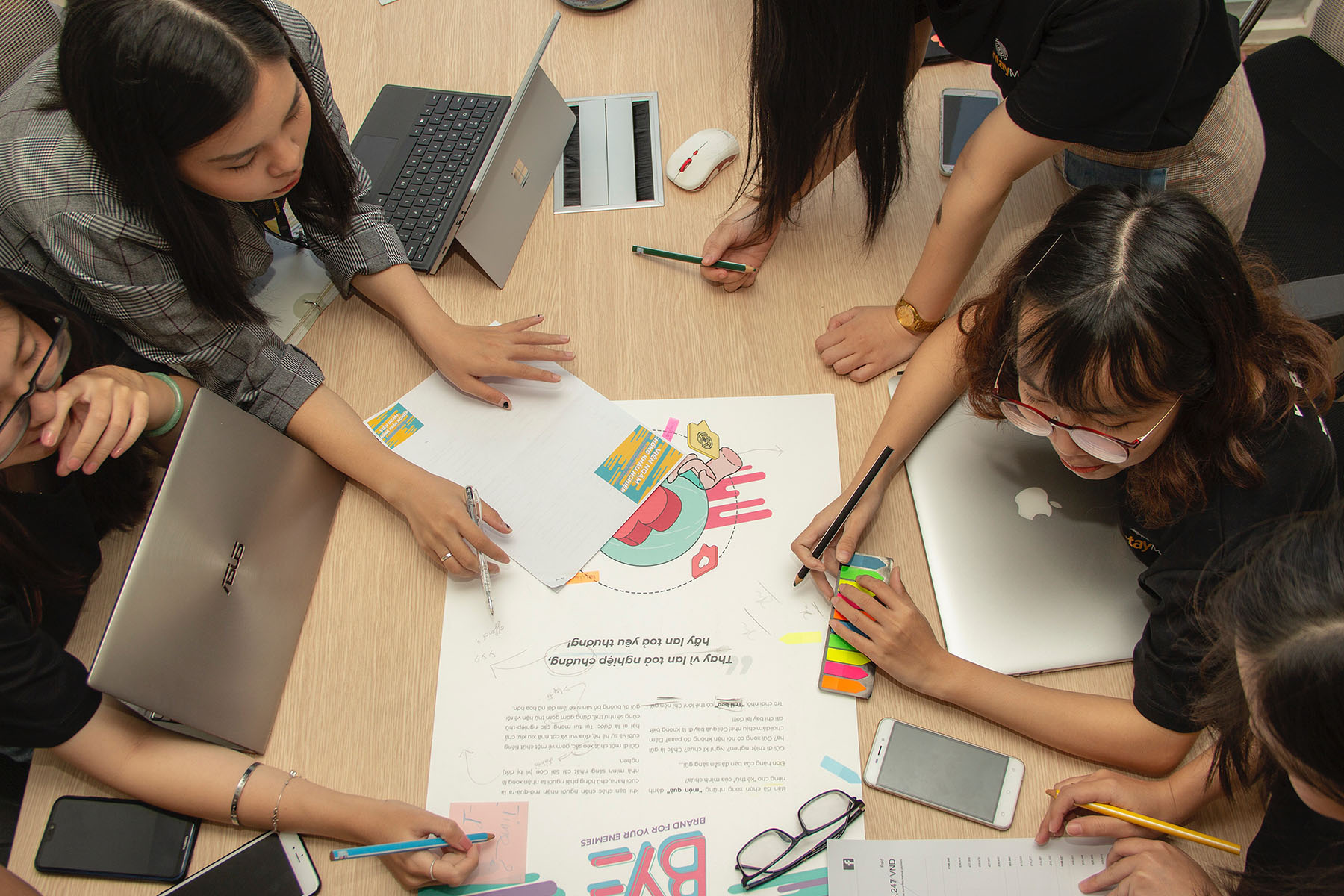
By Monstarlab
Hospitality is a powerful notion that is at the center of creating delightful user experiences. As a designer who’s worked with clients across a range of industries, I know firsthand the value hospitality can unlock on digital, and I’ll explain how to do that below.
Before getting started, let me explain what I mean by hospitality. As Danny Meyer writes in his book “Setting the Table,” there’s a distinction between service and hospitality. Service is simply the act of delivering the product, a monologue of sorts, where we dictate to a customer how to do things. Hospitality, on the other hand, looks at how the delivery of our service or product makes the recipient feel — it’s a dialogue. This thinking is at the center of how we approach design and how we build digital products at Monstarlab, from standalone apps and websites to end-to-end digital ecosystems.
One of my focuses at Monstarlab is the application of these philosophies and methodologies to improving the customer experience in digital and physical spaces, including restaurants, retail shops and gyms. There’s a lot that brands can do to create value in this area. And today I want to share what your teams can start doing right now — digital applications of hospitality that everyone who works in the hospitality industry can start adopting.
1. Practice empathy for guests
Thinking of our customers and users as guests are one way to bring hospitality into digital and physical spaces. Hospitality is all about how our guests feel. In digital we express this by constantly doing user research. Getting started with this can appear daunting, but it doesn’t have to be. The trick is to jump in and find ways to make learning from customers a regular part of your process. In product development, we organize what we call “User Fridays”: every Friday we have a customer visit our office to interview them and present one thing we’re working on to get feedback.
Every Friday we have a customer visit our office to interview them and present one thing we’re working on.
 For physical spaces, another quick research tactic is to invite a friend or colleague to visit the store and talk openly about their impressions while you shadow them.
For physical spaces, another quick research tactic is to invite a friend or colleague to visit the store and talk openly about their impressions while you shadow them.
Or simply experience the service yourself. Complete an online purchase and document your experience. If the service or products are too expensive, you can always return them and you get to experience that part of the customer journey too!
2. Practice empathy for each other
Danny Meyer defined “enlightened hospitality” as putting hospitality to work to serve employees first, then our guests, and finally the business. With every project at Monstarlab, we examine the perspective of all employees. We do that not just by talking to employees, but by working side by side with them. This takes the form of training as employees and working shifts, whether as cooks and expeditors at Shake Shack, or front-desk attendants at Blink.
 The Monstarlab team took shifts at Shake Shack to empathize with employees and understand their journey.
The Monstarlab team took shifts at Shake Shack to empathize with employees and understand their journey.
As Meyer explains, by putting the employees and their hospitality first, the business and bottom-line benefits as a result.
If you work in physical stores, every day is a good opportunity to examine the steps and tasks you and your colleagues take to deliver service to your guests. This can help you identify the moments of friction and brainstorm how to overcome the challenges that stand in the way of offering better, more hospitable service.
3. Use simple language
Designing for the web has taught me the importance of simple language. How do your guests actually refer to things? Most of us spend a lot of our time crafting transactional copy, and our goal is to make complex tasks feel simple.

To simplify our language, when relaunching a loyalty program we used simple google search for most common tasks on google.
In physical spaces, trying to understand branded terms, which are often fancier than necessary, can feel very intimidating. Think about how you can simplify the language so that every client and guest feel welcomed. One way to accomplish this is to do an audit on social media and review sites of the most common requests for your brand. You will uncover user-generated content that can help you empathize with the frustrations of your customers. Do you have an analytics team? You can ask them to provide a report on the most common search words on your website. You can use that to inform any sales agents at your store on how to talk about particular topics.
4. Define the call to action (CTA)
Life is full of choices, and great user experiences help lighten the mental load so that customers don’t have to think so much about what action to take. Every moment in a digital experience needs to have a primary CTA.

Example of a CTA for a situated interface for an entrance in a retail space.
This principle isn’t often applied to physical spaces, but it should be. As you think about the experience journey in physical and digital space, it’s important to prioritize the primary CTA at every step of the journey. For example, for a first-time visitor, is the main CTA to explore? Once they try an item, is it to personalize it? There are many actions your guest can take, but you should only offer one primary CTA for every step, otherwise, your customers will be overwhelmed with the number of choices they have to make. When providing your main CTA, it’s important to provide context, too. How long will it take to checkout? What information will you need to personalize an item? This information does a great deal to put customers at ease and feel like they’re being cared for.
5. Remove unnecessary steps
As you empathize with your guests, identify steps you could remove from the journey. Is that greeting moment when a customer enters the store truly adding value? Experiment with removing unnecessary steps, and get feedback on those you remove in your User Friday sessions. Hospitality is a conversation.
Bonus: Facilitate self-service options. Many users prefer to do things for themselves rather than have a front-desk person or a cashier do it for them. When was the last time you wanted to call an airline or hotel to make a change? A simple example might be typing the name of your customer. Sometimes sales associates need the customer to repeat their name, or to spell it out loud. Might it be easier for both sides if the customer does this themselves?
6. Do it for the guests
There are moments where hospitality is about taking tasks off the guest’s plate to make an experience easier. In digital, we take the task of identifying which products might be the right match for a guest by organizing pages using dynamic personalized collections, like most popular items, items purchased for gifts, previously viewed, and previously purchased.
How does this translate to an in-store experience? First, you could think about how to arrange the store to match some of these online collections. Another example: you could follow up with an email to your client with links to all the products they viewed at the store that day, or items that complement the ones they purchased at the store. On their next visit, you could arrange those items in one space for them to explore. We know so much about our guests, and being remembered — what you like, what you don’t like — is a key part of hospitality.
7. Find new ways to delight.
In digital product design, we find different ways to delight customers, from using a connected communication strategy (getting confirmation email right after a purchase), from using haptic feedback on cell phones to emphasize an important action to using thoughtful transitions animations for, say, a pop-up message, to evoke different feelings at key moments.

In digital product design, we use thoughtful transitions animations to bring delight to users.
What are the new ways you can delight your customers? For instance, you could use sound to brand different moments of the store experience, or perhaps identify a space with lighting for great pictures and you offer to take a photo for them.
These are just some examples of how we can apply hospitality from digital to physical. As we continue to build digital products, we learn from different industries and sectors, looking to deliver value, and just happiness, to employees, just like we do for guests — this will create value for your business in the long-run. Hospitality is a central consideration for advancing your experiences. It can mean the difference between an experience that’s generic, and one that’s truly differentiated and memorable.



